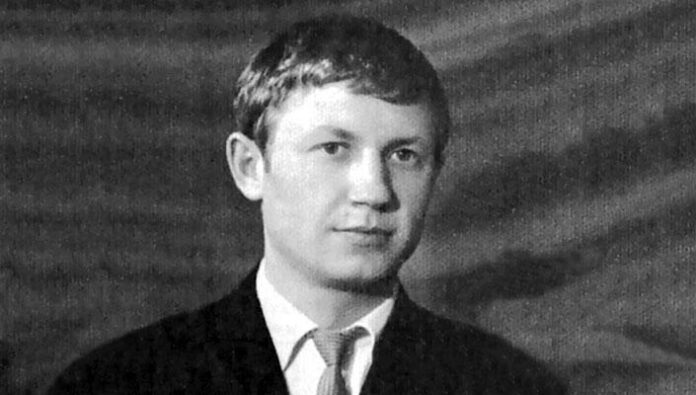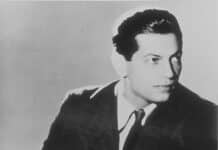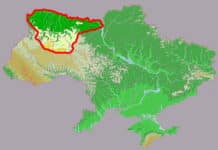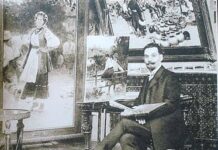Lelechenko is a beautiful Ukrainian last name because it derives from the Ukrainian word leleka which in English means stork. Unfortunately, many popular accounts of the Chornobyl disaster omit this name and do not mention Olexander’s heroic actions of preventing an even larger tragedy. Olexander Lelechenko graduated from the Faculty of Electric Energy at Kyiv Polytechnic Institute in 1966 with the specialization of ‘Electrical Engineer of the Power Plants”. Lelechenko came to work at the Chornobyl Nuclear Power Plant in 1975 with experience at Slovyanska, Zaporizhzhya, and Leningrad power plants. By 1986, he held the position of Deputy Chief of the Chornobyl NPP’s electrical department. On April 26, 1986, after the explosion, it was Dyatlov who ordered the daytime shift and namely Lelechenko to urgently arrive at the plant. Lelechenko’s crew was to remove hydrogen from the generator 8 electrolyzer. It was necessary to prevent the explosion of the second-stage turbogenerator. Olexander did not let his subordinates into the dangerous zone and switched off the voltage himself, diverting a powerful hydrogen explosion. The details of what was accomplished by O. Lelechenko are given by O. Meleshko, an Honorary Engineer in Energetics: “Oleksandr switched off the voltage personally and allowed firemen to suppress fire as he guaranteed the absence of voltage in writing. Whereas it was impossible to guarantee the absence of radiation, instructions told nothing about it. He identified intensive flow of hydrogen to the Power Units number 3 and 4, which could be cut off only at the electrolysis plant. There was a threat of powerful hydrogen explosion, bigger than the one that had happened. So, Oleksandr, striding on the radioactive graphite debris, got to the receiver box and turned the appropriate valves off (as it would become known later, the military men in helicopters flying over that area at the speed of 90 km/h and protected by tank armor, received a year dose of radiation). Oleksandr came back to the power house, checked whether hydrogen still was flowing (obviously, there was some hydrogen remaining in the pipe lines), went to turn off the valves again. Then he came back and with contentment declared that hydrogen was absent. Just a routine saving mankind”.
“Ordering younger workers to stand down, 47-year-old electrician Aleksandr Lelechenko repeatedly ventured into the irradiated electrolysis room in an attempt to effect emergency repairs. He absorbed enough radiation to kill five men but, after receiving first aid at the clinic in Pripyat, he rushed back to Chernobyl to work. Lelechenko returned home to have dinner with his wife that night, caught a few hours of sleep then — you guessed it — went back to Chernobyl again. “We have to save the station,” he told his wife. He died two weeks later at a hospital in Kyiv, one of 23 plant administrators, technicians and scientists to perish,” – described his feat the National Interest.
Olexander Lelechenko was posthumously awarded title of Hero of Ukraine, Order of the Gold Star and Ukraine’s Cross for Courage.
There are several monuments to him at Kyiv Polytechnic Insitute and at Chornobyl NPP.
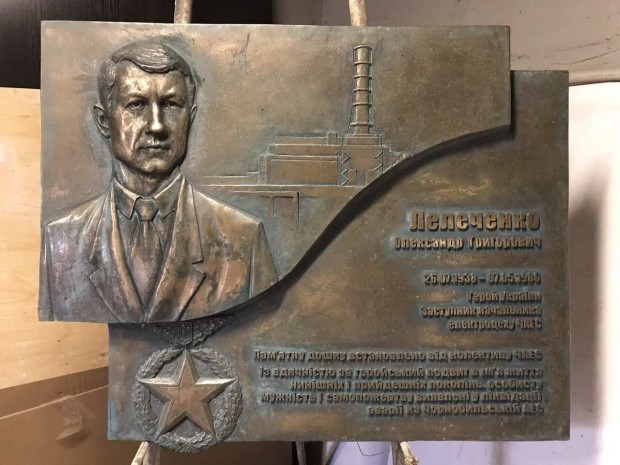

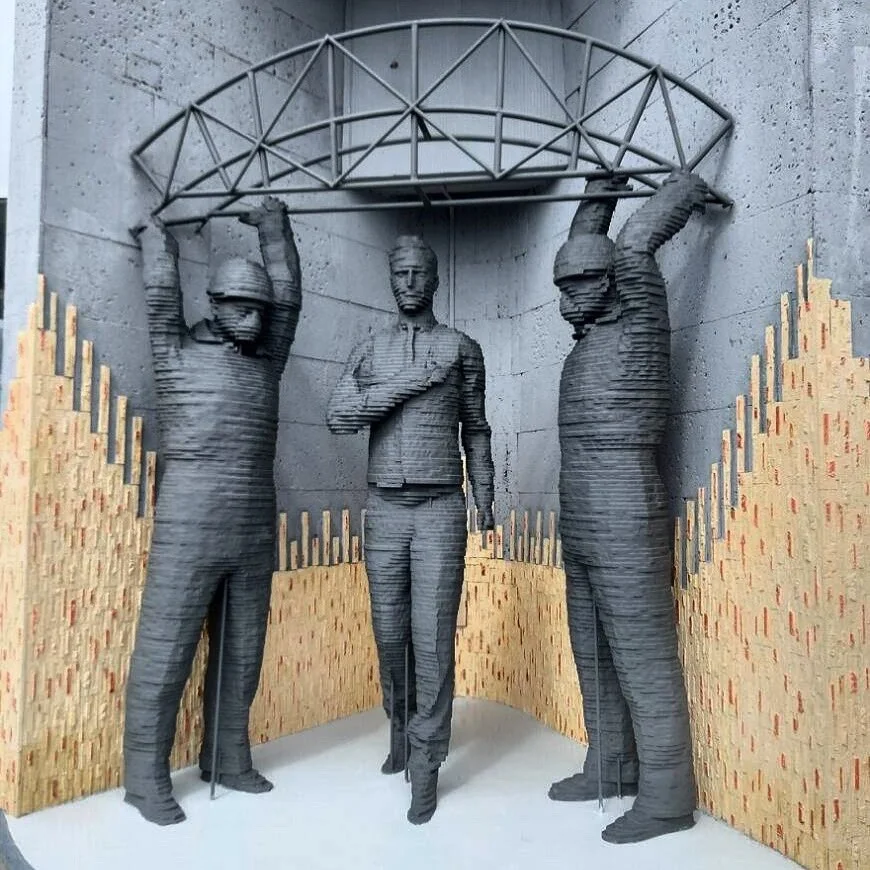
Interestingly, during the time of the Trojan War (ca. 1200 BC), in the Aegean region, there were people known as the Leleges. Some ancient writers described them as the immigrant founders of Pylos, the famous city that hosted the Palace of Nestor, one of the central characters of the War described by Homer in the Iliad. The etymology of the word Leleges has not found any serious explanation until now. Could Leleges be somehow connected to Leleka? The ‘Cradle of Civilizations‘ book explores this possibility.


